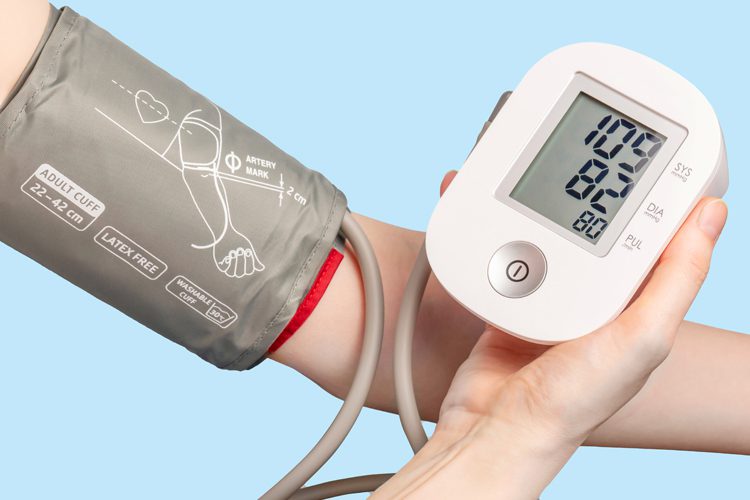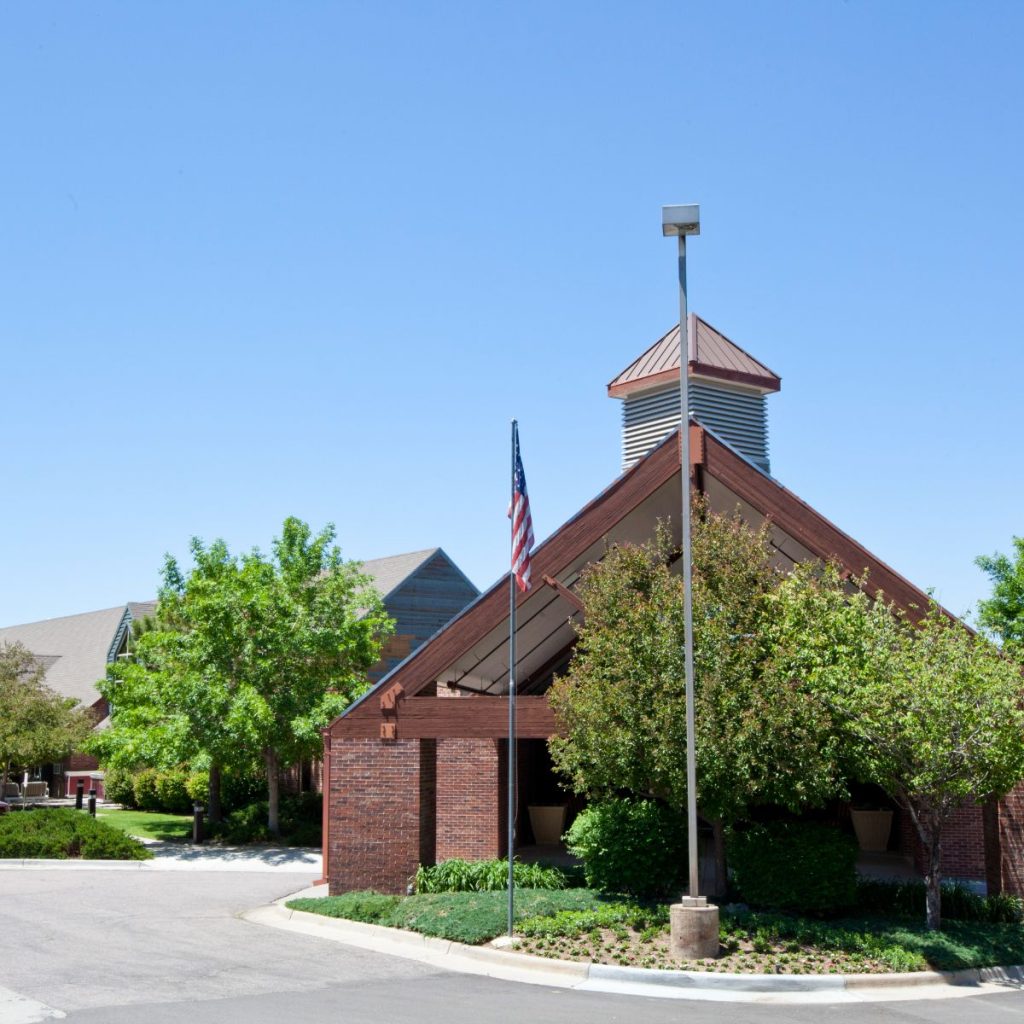Recognizing the early warning signs of a stroke is crucial for seeking immediate medical attention. A stroke is a medical emergency, and getting emergency medical help right away can reduce the risk of brain damage and other stroke complications. The good news is that fewer Americans than ever die of a stroke today compared to the past, and there are effective treatments that can help prevent permanent disability from a stroke. This article includes information about the types of stroke, early warning signs, risk factors, and treatments. This information should not replace the guidance of one’s physician.
What is a Stroke?
There are two types of stroke: An ischemic stroke occurs when the blood supply to part of the brain is blocked or reduced, preventing brain tissue from getting oxygen and nutrients. Brain cells begin to die in minutes. Another type of stroke is a hemorrhagic stroke. It occurs when a blood vessel in the brain leaks or bursts, causing bleeding in the brain. The blood increases pressure on brain cells and damages them.
This Stroke Prevention presentation from the American Stroke Association shares detailed facts about strokes, stroke prevention, and the risk factors and impacts associated with strokes.
Early Warning Signs of a Stroke

Understanding the early warning signs of a stroke can assist you in seeking immediate medical attention. You can remember the common signs of a stroke by using the acronym FAST:
- Face drooping—One side of the face may droop or become numb. Ask the person to smile and check if one side of the face is drooping or if the smile is uneven.
- Arm weakness—One arm may become weak or numb. Ask the person to raise both arms and see if one arm drifts downward.
- Speech difficulty—Speech may become slurred or difficult to understand. Ask the person to repeat a simple sentence and observe if their speech is slurred or strange.
- Time to call emergency services—If you notice any of these signs, you should call 9-1-1 immediately. Time is critical in treating a stroke and can lead to better outcomes.
Additionally, other signs and symptoms of a stroke may include sudden confusion, trouble walking, dizziness, severe headache with no known cause, vision problems in one or both eyes, and sudden numbness or weakness in the face, arm, or leg, especially on one side of the body.
Remembering these signs can help you or someone else recognize a stroke quickly and seek medical help promptly, which is crucial for minimizing potential long-term damage and improving the chances of recovery. If you or someone you know experiences any of these symptoms, it’s essential to seek immediate medical attention by calling 9-1-1.
Risk Factors of a Stroke

Certain risk factors contribute to the likelihood of having a stroke. The following provides a breakdown:
- High blood pressure (hypertension) is the most important risk factor for stroke. It can damage blood vessels over time, making them more susceptible to rupture or blockage.
- Smoking increases the risk of stroke due to its detrimental effects on the cardiovascular system, including narrowing blood vessels and increasing blood clotting.
- Diabetes increases the risk of stroke as it can damage blood vessels, particularly smaller vessels in the brain.
- High levels of cholesterol can lead to atherosclerosis (hardening and narrowing of arteries), which can increase the risk of blood clots and blockages. Track your cholesterol and blood pressure using this American Heart Association handout.
- Being overweight or obese and leading a sedentary lifestyle can contribute to other risk factors such as high blood pressure, diabetes, and high cholesterol.
- Atrial Fibrillation (AFib) is an irregular heart rhythm that can cause blood clots to form in the heart. If a clot dislodges and travels to the brain, it can cause a stroke.
- A family history of stroke or certain genetic conditions can increase an individual’s risk of stroke.
- The risk of stroke increases with age, with the risk doubling for each decade after the age of 55.
- Men are at a slightly higher risk of stroke than women, but women have a higher lifetime risk because they tend to live longer.
- Race and ethnicity can play a role in one’s risk of stroke, with strokes occurring more often among African Americans, Hispanic Americans, and Native Americans.
- Having had a previous stroke or transient ischemic attack (TIA) increases the risk of having another stroke.
- Other medical conditions such as heart disease, peripheral artery disease, and sickle cell disease can increase the risk of stroke.
- Excessive alcohol consumption and illicit drug use can increase the risk of stroke.
Managing and controlling these risk factors through lifestyle changes, medication, and medical interventions can help reduce the likelihood of having a stroke. Regular checkups and consultations with healthcare professionals are essential for stroke prevention and management.
This Stroke Risk Assessment from the American Stroke Association is a useful resource for determining an individual’s risk of stroke.
Warning Signs of a Stroke in Men and Women
While many stroke warning signs are similar for both men and women, medical professionals have noted some differences. Both men and women may experience sudden numbness or weakness in the face, arm, or leg, especially on one side of the body, trouble speaking or understanding speech, and difficulty walking, among other symptoms. However, women may also experience additional symptoms such as the sudden onset of hiccups, nausea, chest pain, shortness of breath, palpitations, and generalized weakness.
Keep in mind that these symptoms can vary from person to person and not everyone will experience all of them.
Treatment for Stroke
The treatment for stroke depends on whether it’s an ischemic stroke (caused by a blood clot blocking an artery) or a hemorrhagic stroke (caused by bleeding in the brain).
Ischemic stroke treatment may include the following:
- Clot-busting medication (thrombolytics)—Drugs like tissue plasminogen activator (tPA) can dissolve blood clots and restore blood flow to the brain if administered within a few hours of the stroke’s onset.
- Mechanical thrombectomy—This procedure involves physically removing the clot from the blocked artery, often using a catheter with a device to grab and remove the clot.
- Antiplatelet and anticoagulant medications—Doctors might prescribe drugs like aspirin, clopidogrel, or warfarin to prevent the formation of further blood clots.
Hemorrhagic stroke treatment may include the following:
- Surgical interventions—In some cases, patients may need surgery to repair blood vessel abnormalities or to remove blood that has accumulated in the brain.
- Medications to control bleeding and blood pressure—Some patients may need drugs such as antihypertensives to lower blood pressure and reduce the risk of further bleeding.
Physicians will often monitor stroke patients in an ICU to manage complications and ensure optimal care. They may prescribe medications to prevent complications such as blood clots, infections, and seizures. Stroke rehabilitation plays an important role in recovery. Physicians will likely recommend physical therapy, occupational therapy, and/or speech therapy – as soon as 24 to 48 hours after a stroke – to help stroke survivors regain lost abilities and improve their quality of life. Rehabilitation may also be recommended beyond the length of a hospital stay within a skilled nursing facility such as The Suites at Someren Glen, where a multidisciplinary team of nurses, Physical Therapists, Occupational Therapists, and Speech Language Pathologists work together to provide comprehensive care and treatment. Support from home care professionals, such as Rhythms Home Care care partners, can also be beneficial as one continues their recovery at home.
If you or a loved one is showing warning signs of a stroke, call 9-1-1 immediately.





